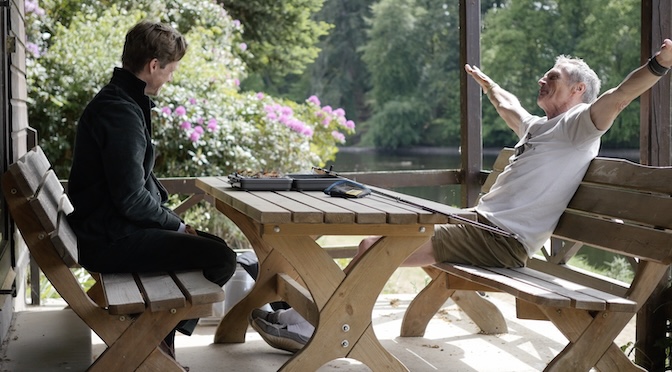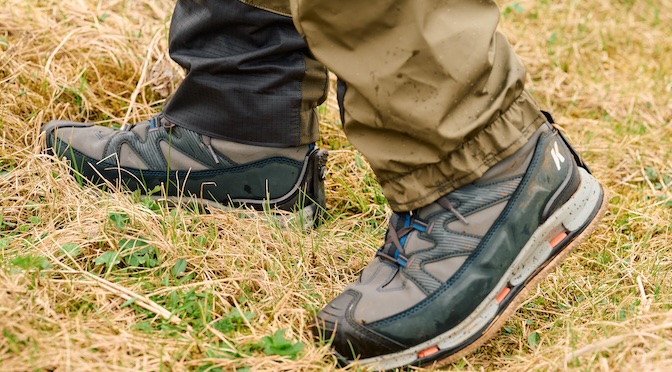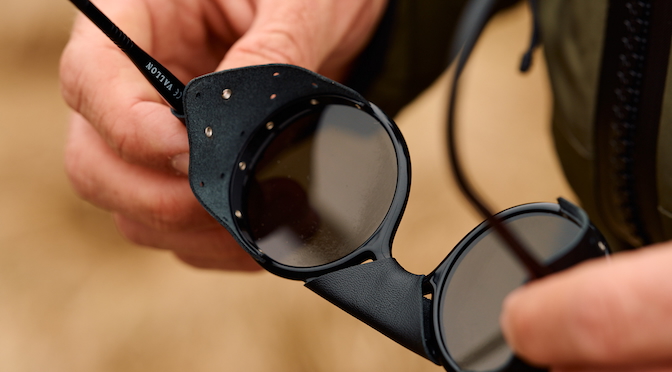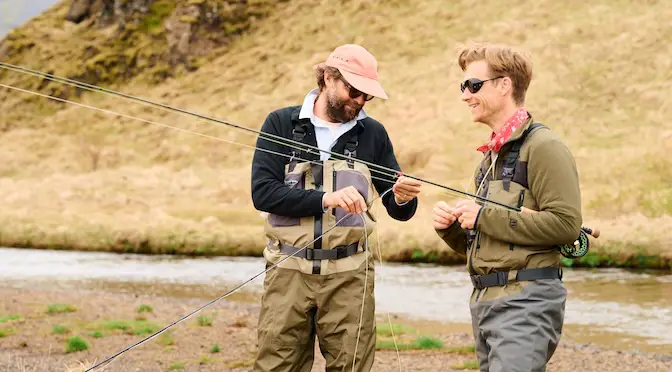Last updated on October 26th, 2020.
- Generational Divide - September 13, 2022
- Mousing for Trout at Night - September 6, 2022
- Best Fly Rod Roof Rack – Top 7 of 2024 – Buyer’s Guide - July 4, 2022
The Atlantic Salmon is one of the most sought after species in fly fishing. Back in the days it used to populate the big rivers of continental Europe like the Rhine.
Those glory days are long gone but there are glimpses of hope for a return of the majestic fish in its former habitat. Kris Reuther and Jonas Steiner went on a journey to see how the Atlantic salmon is doing. We talked to Kris ahead of the premiere of their film “Lachs quo vadis” (“Salmon where are you headed?”). Scroll to the end of the article to watch the film without further ado.
Kris, what is your film “Salmon quo vadis” about exactly?
The film „Lachs-quo vadis“ documents the efforts put into the re-establishment of the Atlantic Salmon in the Rhine and Elbe river. It should raise awareness for the topic of fish migration and the underwater world in general. Most people see the state of our rivers as natural, although many of them are heavily impacted by us humans – speaking of hydropower, industry and channelization, just to name a few. The fish, not only the salmon, lost a lot of habitat and faced a worsened water quality. This led to the decline of many populations, especially of migratory fish like the salmon, which depend on connected ecosystems and good water and habitat quality. The film gives an insight into the history, the current situation and portraits people that are passionate to help salmon populations recover.
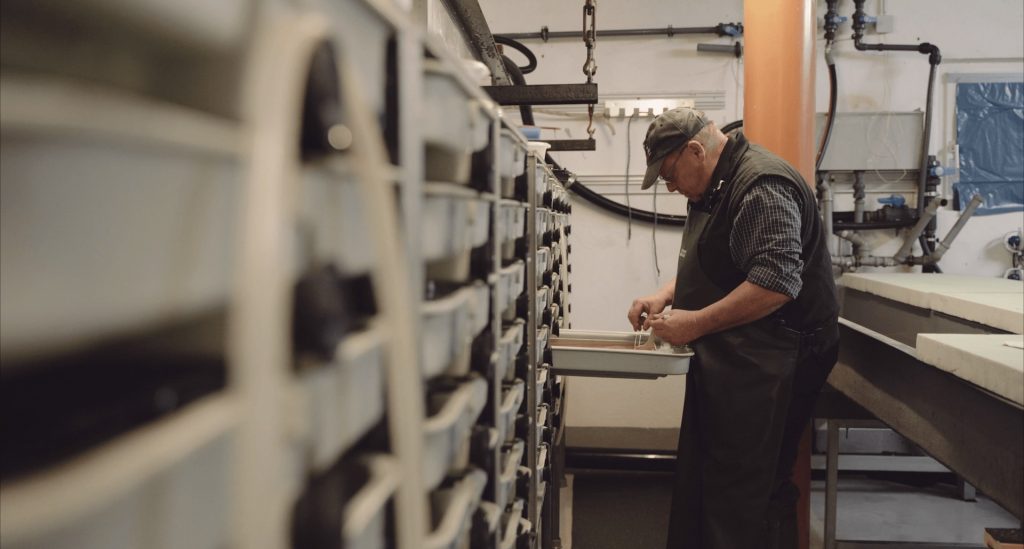
Why did you and Jonas decide to make the film “Salmon quo vadis”?
We’re both students in the field of riverine ecosystems and its human impacts. We’re fly fishermen, too, and try to tell stories through films out of our own perspective. Films transport emotions, and these emotions should help raise awareness for topics that might be hidden under the water surface. The salmon was chosen as the „Fish of the year“ in Germany in 2019 and we thought it would be the perfect protagonist for the topic of fish migration. This becomes more and more important.
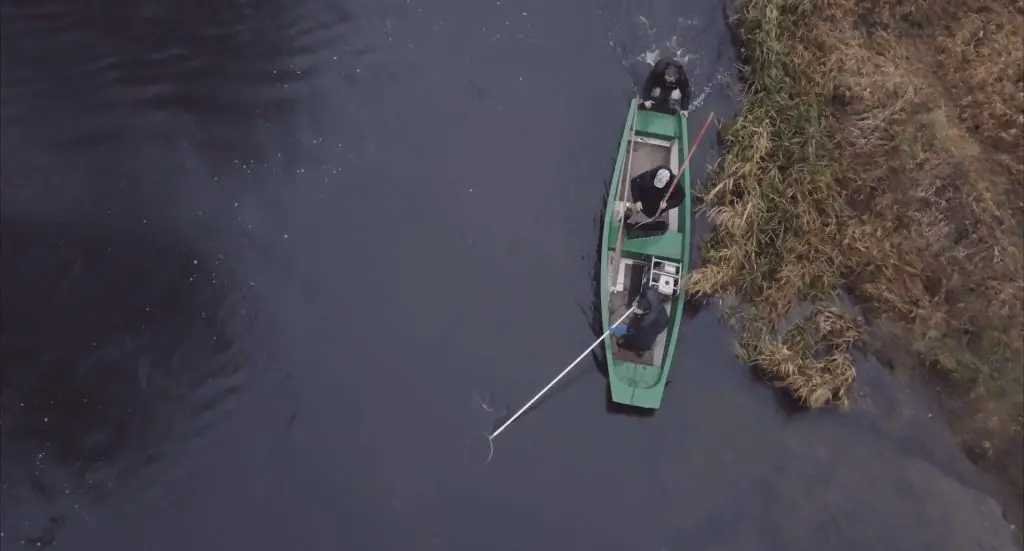
What’s the scope of the salmon project?
Fish are missing a lobby, even though there are countless people ambitious to protect endangered populations. The film should not only reach anglers or other river and fish lovers, the story about the Atlantic salmon is something that should reach the middle of our society. Not only should it raise awareness, it should also motivate people to get involved, also speaking of politicians. We thankfully have tools like the European Water Framework Directive, though many measures are lacking implementation. For us it was great to see the passion that these people still have after years of frustration. We hope we can get that across to you, the viewer. Everybody has some kind of a connection to the salmon, mostly from regular visits in the supermarket or sushi. Maybe we can help to change their view on this magnificent fish.
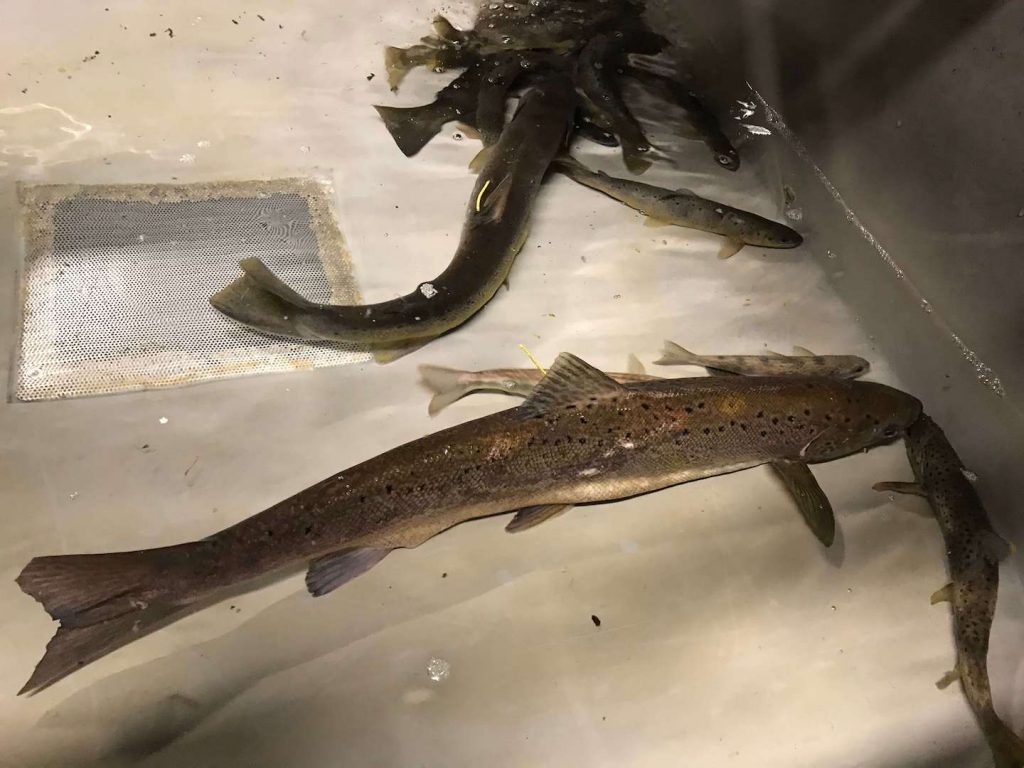
What spillover effect could it have on other such projects?
Well, the salmon stands for all migratory fish species – eel, sturgeon, sea trout and many more. It can be seen as a flagship species for fish that have high requirements regarding the quality of water and their habitat, as well as its connectivity. Efforts concerning the Atlantic salmon will also help other fish species. That’s maybe one of the most important and promising points here.
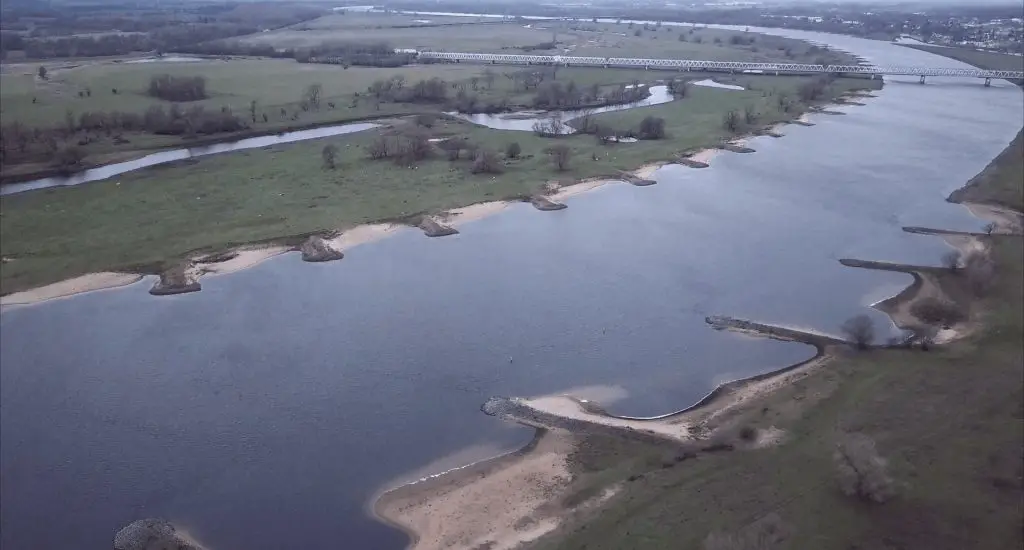
How do you think could a global crisis like the corona crisis be “beneficial” for such a cause?
We’re reading a lot currently about rivers that become clear again for example. If only people would know that it always used to be like that when rivers were flowing on their own, and not in artificial channels. Hopefully the pandemic will teach us that nature needs room for itself and that it can potentially recover in certain aspects, if we let it develop on its own.
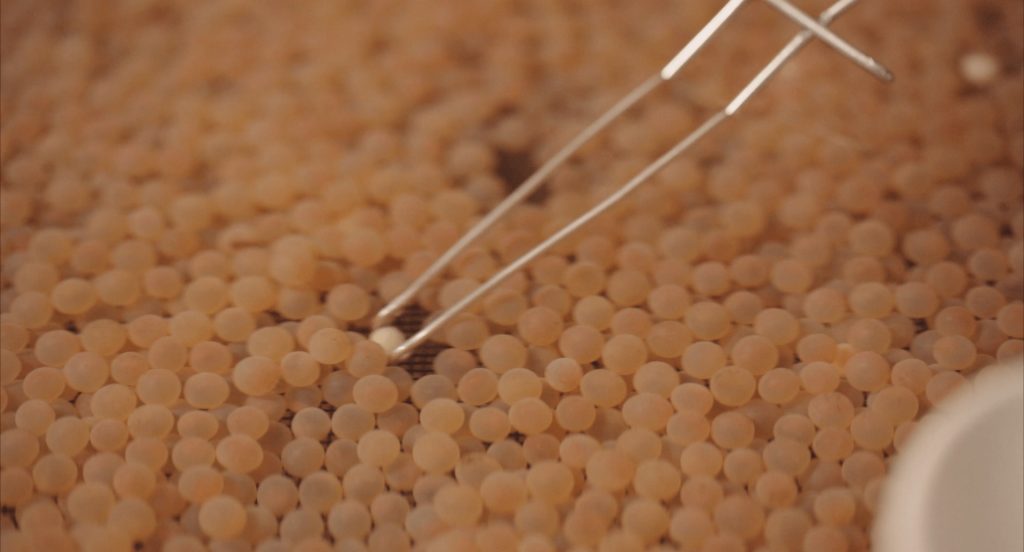
Is there something you learned from the project that could make a difference in everyday fishery management?
The Atlantic Salmon sounds like one thing – of course, it’s one species but what really matters are individual populations that have developed for thousands of years. And they do certainly differ from river system to river system. If we only stocked one kind of Atlantic salmon to help them recover, we’d loose genetic integrity of a population and interbreeding between these stocked fish and the few remaining wild ones would reduce the chances of survival for the offsprings. For us it was very interesting to see all the different salmon populations that these people work with and how careful they are with selecting the right one to raise and interbreed.
But much more important than stocking is the fact that so much habitat and connectivity between main rivers and their tributaries have yet to be created. Salmon are capable of traveling over 600 miles thus many of them are blocked behind dams. I hope that people will understand how important topics like genetics and river connectivity are, also for the everyday fishery management.
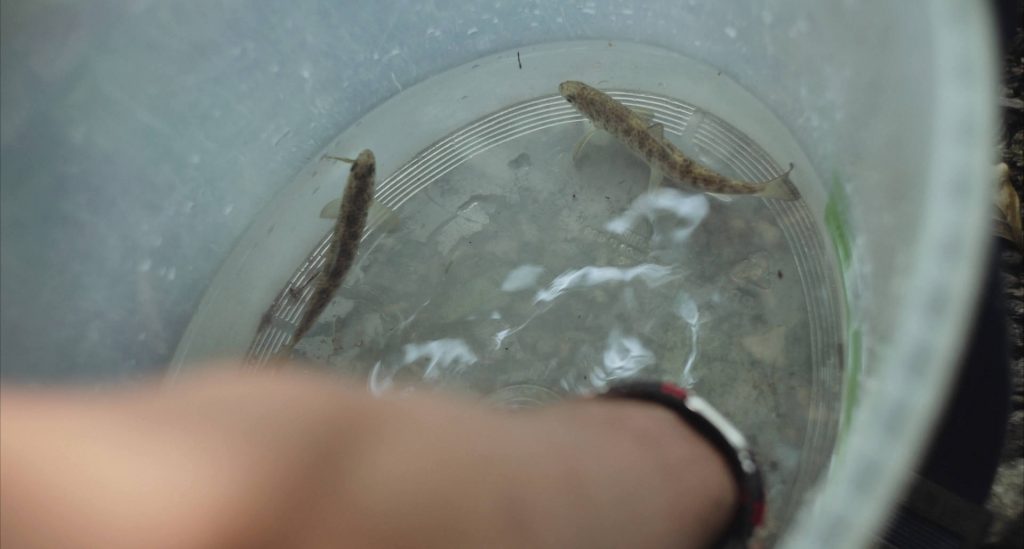
How can fly fishermen get involved in this?
First of all we hope that this film will be shared across all the social networks – this should in general help raise awareness. Further, we created a PayPal Money Pool where you can make a donation. We want to actively help the ambitious people that put so much of their free time and effort into this project by raising 10,000 Euros that we will donate to one or more activity groups. The money will be used for the active work of these people, for example necessary equipment or funding for small restoration measures.

